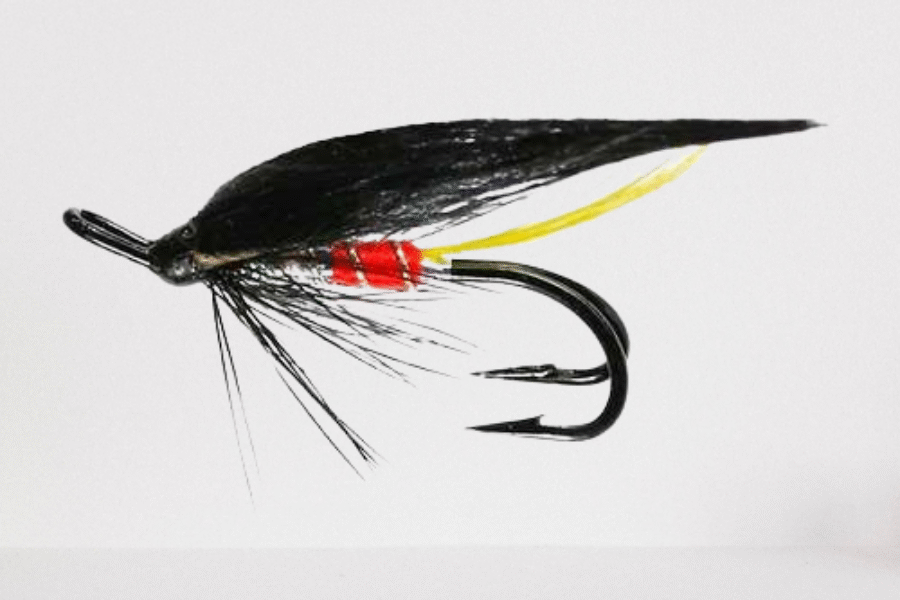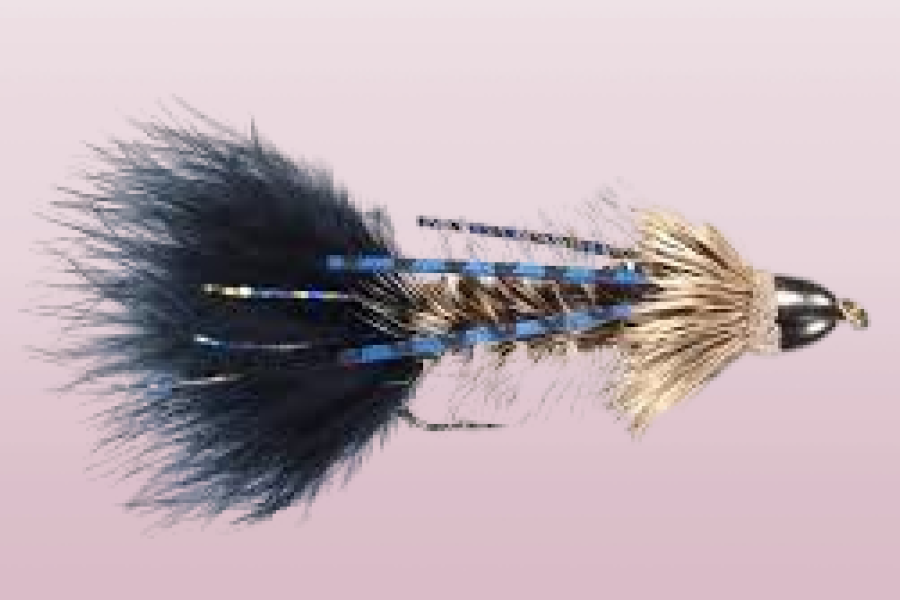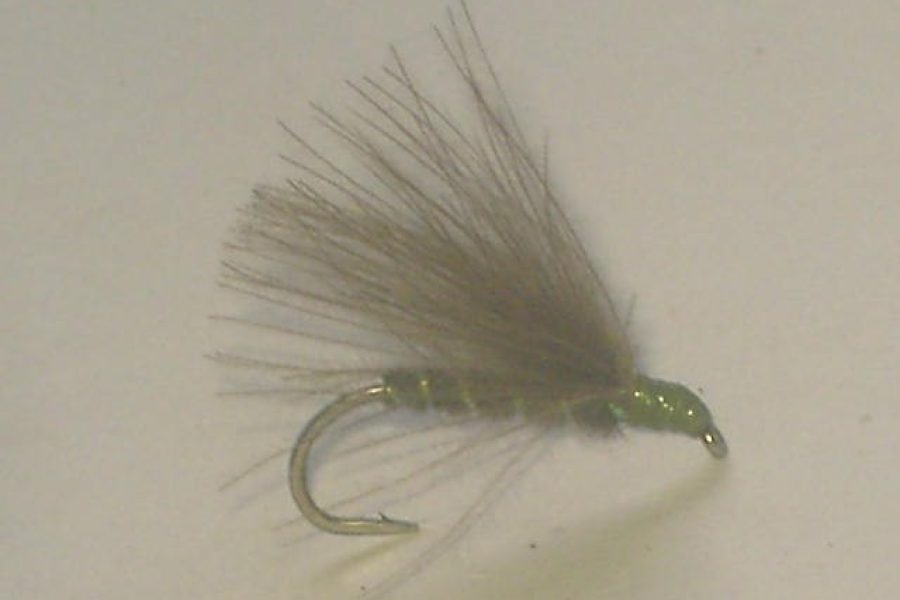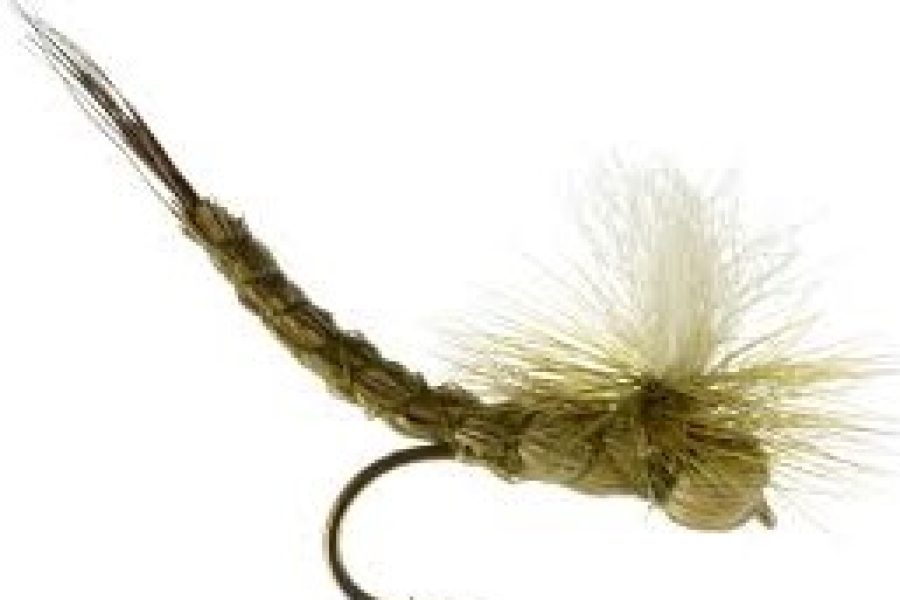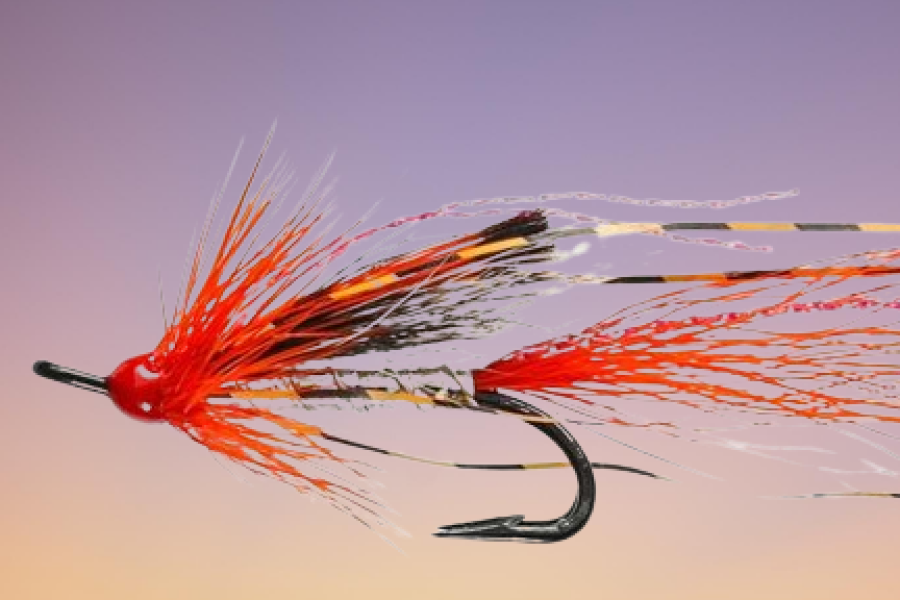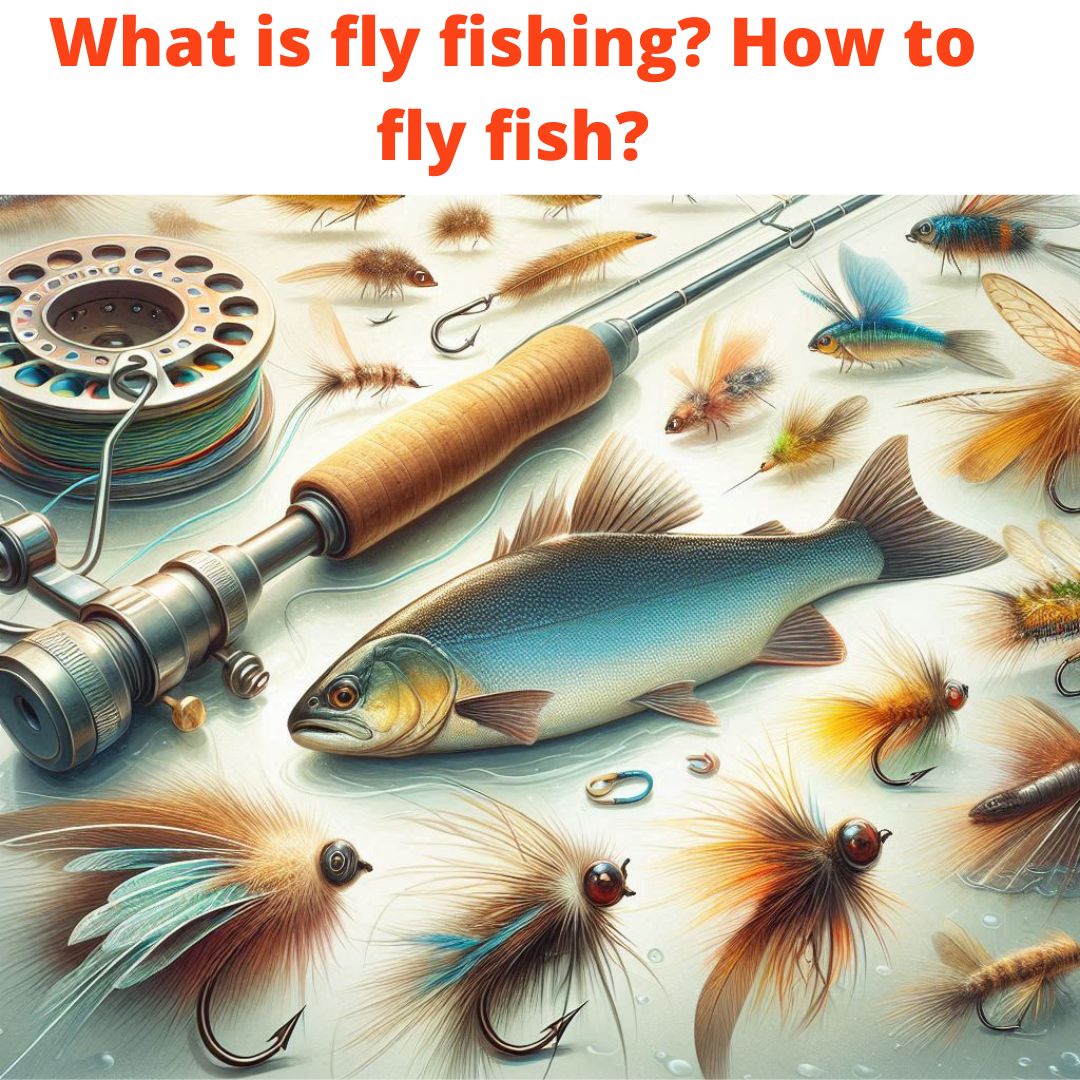What is fly fishing? How to fly fish?
What Is Fly Fishing? A practical beginners handbook on how to fly fish
Imagine standing on the banks of a serene river, the sun glinting off the water as you cast your line, hoping for that exhilarating tug of a fish. Fly fishing is not just a sport; it is an art form that combines skill, patience, and a deep connection to nature. With a rich history dating back centuries, this method of fishing employs a unique technique that mimics the movement of aquatic insects, enticing fish to bite.
For beginners, diving into the world of fly fishing can seem overwhelming, but understanding the essential gear and techniques is the first step toward mastering this rewarding pastime. Choosing the right rod and reel, understanding fly types, and learning casting techniques are crucial elements for success. Moreover, grasping the behavior of fish in various aquatic environments will enhance your ability to select the right flies for different conditions.
This article serves as a practical handbook for aspiring fly fishermen, detailing everything from essential gear and basic casting techniques to best practices for handling fish. Explore the intricacies of fly fishing and discover how to respect and protect aquatic ecosystems while fostering a community of fellow enthusiasts. Let’s embark on this journey together and unlock the joys of fly fishing.
Essential Fly Fishing Gear for Beginners
Embarking on a fly fishing journey requires assembling the right gear to ensure a pleasant and effective experience on the water. Beginners should focus on obtaining a basic set of equipment that will enable them to learn and practice the art of fly fishing. This essential gear includes a fishing rod, a fly reel, a fly line, a leader, a tippet, and a varied collection of flies. Quality gear is pivotal as it can significantly enhance performance and offer greater longevity compared to cheaper options.
A durable, fish-friendly net with a rubber basket aids in harmlessly catching and releasing fish, while basic accessories such as nippers and forceps are convenient for managing the line and flies. When it comes to rods, a versatile selection like a 9-foot rod combined with a 5-weight line is often recommended for its adaptability across various water bodies, including lakes, creeks, and rivers, making it an optimal all-around choice for trout fishing.
Types of Fly Rods
Fly rods come in lengths typically ranging from 6 to 10 feet, with a 9-foot rod often being the standard for a variety of fishing environments. These rods have a weight classification system ranging from 00 (lightest) to 16 (heaviest), which assists anglers in choosing a rod based on the desired casting delicacy and the type of fish targeted. The rod’s weight should be matched with the appropriate fly line weight, differing from 1 (lightest) to 12 (heaviest), to ensure effective casting. Newcomers to fly fishing will find that a 5-weight or 6-weight rod offers a balanced choice for pursuing species like bass and trout.
Choosing the Right Fly Reel
Aligning the size and weight of the fly reel with that of the fly rod is a cornerstone in assembling a sound fly fishing setup. Fly reels feature two principal drag systems: disc drags for smooth resistance and click-and-pawl for a more classic feel. The reel also houses backing, which grants additional line for instances when a catch swims further away. In saltwater scenarios, choosing a reel with a sealed disc drag system is essential to protect the mechanism from corrosive salt and to prolong its effective lifespan.
Understanding Fly Lines
In fly fishing, the fly line is a critical component that carries the fly to the target and presents it in a way that will entice the fish. The composition of a fly line includes the head, the taper, and the running line. Weight-forward lines are especially well-suited for beginners due to their ease of use and adaptability to a range of casting techniques. Selecting the right type of fly line, floating, intermediate, or sinking—dictates where your fly will be within the water column and thus influences the fishing technique. A superior fly line, generally made up of a braided nylon core wrapped in buoyant material, is fundamental to effective casting. Anglers targeting trout, bass, or panfish commonly utilize floating lines to maintain the fly at the water’s surface.
Types of fishing flies: Dry Flies, Nymphs, and Streamers
Dry flies, nymphs, and streamers each play distinct roles in the fly fisher’s arsenal. Dry flies float atop the water, mimicking insects and provoking fish to strike at the surface. Beginners can start with patterns like the Parachute Adams or Elk Hair Caddis. Nymphs, on the other hand, replicate underwater insect stages and are fished below the surface as part of a multi-faceted approach to catch fish that are feeding at different depths within the water column. Streamers are larger flies designed to resemble prey such as minnows; they can be effective for attracting larger fish and are versatile for various water conditions. Selecting the appropriate fly is an art in itself, depending on the fish species, the time of year, and unique fishing locations.
Basic Casting Techniques
Fly fishing is a distinctive fishing style that stands out partly due to its unique casting techniques. The basic cast in fly fishing is known as the overhead cast. Mastery of this fundamental move is essential for every fly fisherman’s journey. Unlike casting with a spinning reel where the weight of the lure or bait propels the line, fly fishing relies on the weight of the plastic-coated fly line to load the fishing rod, facilitating effective casting.
Executing a proficient overhead cast involves a smooth, rhythmic motion that sends the fly line arcing gracefully over the water. Timing and technique are crucial here; any extra exertion is often a sign of poor mechanics. It is common advice among the fly fishing community to practice casting in spacious, unobstructed areas like parks or backyards. Such practice builds the necessary muscle memory and confidence prior to applying the technique on the water.
Success in casting relies on understanding the three components of an overhead cast: the back cast, a pause to allow the line to extend, and the forward cast. These movements work in harmony to create the dynamic energy transfer that projects the fly line and the fly to the intended fishing locations. For those embarking on fly fishing adventures, refining these casting techniques is paramount to their overall experience and success.
Overhead Cast Explained
The overhead cast is the cornerstone technique used by fly fishing enthusiasts. It comprises three main steps: the back cast, a pause, and then the forward cast. Starting with the rod tip near the ground, smoothly raise it to roughly a 10 o’clock position before sweeping it back to a 2 o’clock angle for the back cast. It’s important to ensure this movement is fluid and controlled.
After this back cast, a brief pause is essential to allow the fly line to unfurl behind the caster fully, setting the stage for a precise forward motion. This pause is critical; too short, and the line won’t straighten; too long, and gravity will pull the line to the ground, disrupting the cast.
The culmination of the overhead cast is the forward cast, marked by a decisive stop of the rod tip around the 10 o’clock position. This sharp stop is what transfers the energy through the line, presenting the fly to the water. Achieving adeptness in this sequence is imperative for targeted casting and a successful fly fishing experience.
Roll Cast Fundamentals
In scenarios where an overhead cast isn’t feasible, such as under dense foliage or in a constricted creek, the roll cast is the go-to solution. This cast is unique because it omits the back cast, making it especially handy for situations with limited space. The roll cast is also a great technique for managing slack in the line when fishing from a drifting boat.
To perform a roll cast, allow the fly line to lie on the water in front of you. Raise the rod tip, causing the line to form a loop. Then, flick the rod forward, casting the line ahead. This technique allows anglers to make effective presentations when backcasting is hindered by the surrounding environment.
The roll cast is valued for its ability to be conducted in a wide array of fishing locations often deemed challenging or impossible for traditional casting. Gaining proficiency in the roll cast is sure to elevate a fisher’s ability to adapt to these diverse situations and increase overall effectiveness.
Tips for Improving Casting Accuracy
Improving casting accuracy is essential to a fruitful fly fishing outing. Practicing casting techniques in open areas strengthens precision and equips anglers with the confidence needed when on the water. Focus on refining the mechanics of the overhead cast, ensuring that each movement, from the back cast to the forward cast, is timed correctly and performed with ease.
One common pitfall to avoid is excessive false casting. Repeatedly casting the line in the air without letting it touch the water can lead to muscle fatigue, increase the likelihood of tangled lines, and potentially spook the fish you aim to catch. Therefore, clean, purposeful casting should be a top priority.
Beginners can benefit from using tools like a Practicaster, which simulates the feel and weight of a real rod while allowing safe practice away from the water. Regular rehearsals, even in simple locations such as on the bank, are conducive to bettering one’s techniques before wading into more complex environments. Keeping these tips in mind, any fisherman can enhance their accuracy and enjoy more successful fly fishing adventures.
Matching Flies to Fish Behavior
Matching flies to fish behavior, often referred to as “matching the hatch,” is an essential strategy in fly fishing designed to increase the angler’s chances of catching fish. It involves a keen observation and replication of the natural insects present in the fishing environment. Attention should be given to the size and color of prevalent insect species such as mayflies, caddisflies, and dragonflies. Typically, the most effective fly is the one that closely resembles these insects in their various life stages—larva, pupa, emerger, or adult.
Moreover, the behavior of the insects, whether they are skimming the water’s surface or are still in their emergence phase, dictates not only the selection of the fly but also the presentation technique. For example, if insects are actively emerging and breaking the surface, an emerger pattern would be appropriate. Conversely, if they are resting on the surface, a dry fly that sits atop the water would be a better choice. By using flies that mimic the local insect population, fly fishing enthusiasts can significantly improve their fishing experience and success rate.
Understanding Aquatic Environments
Fly fishing is inherently connected to the aquatic environments where the sport takes place. Structures such as boulders that create pools, undercut banks, and fallen logs provide shelter and feeding grounds for different fish species. These areas can be prime spots for fly fishing, particularly when using nymphs or wet flies that need to be presented near the underwater habitats where fish forage.
Anglers should make a deliberate effort to understand local water conditions, which includes consulting fishing reports for insights on recent hatches and successful fishing techniques. Knowledge of regular insect hatches is crucial, as certain species of insects become abundant at specific times of the year, influencing fish diets and feeding routines. Additionally, fishing at the right time of day can be instrumental; periods such as early morning and late evening are typically more fruitful due to the decreased likelihood of spooking fish in these cooler, low-light hours. Lastly, being abreast of local regulations, conservation practices, and habitat preservation efforts is essential for maintaining a sustainable and respectful approach to the sport.
Reading the Water
The ability to read the water is an advanced skill that enhances an angler’s understanding of where fish are most likely to be feeding or resting. This includes analyzing current seams for locations where fish may be conserving energy, detecting the depth variations to find out where larger fish might hide, and predicting fish placement within the water column based on insect and prey availability.
Environmental cues such as insect activity, rippled or smooth surfaces of water, and weather conditions can all inform an angler’s decision-making. Observation of fish behavior, such as the reaction to aerial predators or shifts between shallow and deeper waters, is also vital. When fish dive deeper, it might indicate the time for a weighted fly that sinks to the appropriate depth.
Finally, the art of effectively reading the water can significantly elevate the angler’s ability to present the right fly in the most persuasive manner, achieving greater harmony with the rhythms of nature, and enjoying a fulfilling fly fishing adventure.
Core Fly Fishing Techniques
Fly fishing is a unique and rewarding style of angling that demands a different set of techniques compared to other types of fishing. To engage in fly fishing, enthusiasts use specialized gear, including a lightweight fishing rod, fly reel, and artificial flies. One of the key elements differentiating fly fishing from traditional fishing is the method of casting. The core technique of fly casting is predicated on using the weight of the fly line to propel the essentially weightless fly to the target area in the water column.
A successful fly fishing journey incorporates more than just the basic cast; it involves learning to “read the water” and understanding the feeding habits of the targeted fish species. This concept of “matching the hatch” entails selecting fly fishing flies that mimic the current food source, be it insects or smaller fish, which significantly boosts the chances of enticing a bite.
Developing skill in presentation is essential in fly fishing. The way the fly is presented and manipulated in the water must be convincing enough to trick a fish, often wild trout, into striking. Practice is critical for mastering the various fishing techniques, such as the roll cast, overhead cast, and mending the line for a natural drift.
Once a fish takes the fly, maintaining the right tension on the line is paramount to secure a successful catch. Care must be taken not to exert too much pressure, which can result in the fish breaking off, especially when dealing with larger fish. Learning the balance between keeping the line taut and not overpowering the fish is a fine art that comes with experience on the water.
- Stripping Techniques for Streamers
Streamers are a type of fly that imitate larger prey such as baitfish, and they are among the preferred choices for catching bigger, predatory fish. To use streamers effectively, fly fishing enthusiasts often employ stripping techniques that involve casting the fly out and then retrieving it in a series of pulls or “strips”. This action replicates the movement of prey fish swimming through the water, triggering predatory instincts in larger fish.
For an optimized fly fishing experience with streamers, it’s advisable to experiment with the speed and rhythm of the strip to offer a realistic presentation. Some noteworthy streamer patterns include wooly buggers, articulated streamers, and rabbit fur double bunny flies, known for their lifelike motion and appeal to aggressive fish. In addition to active stripping, allowing streamers to drift naturally in the current can also be an effective technique for enticing fish into a strike, especially in waters below dams where disoriented prey fish are often found.
- Dead Drift Techniques for Nymphs
Nymph fishing is a subtle technique that relies on presenting the fly beneath the surface to mimic the insects and larvae that compose a significant part of a trout’s diet. The dead drift is a fundamental nymphing method and involves casting a nymph upstream and allowing it to drift downstream with the current, mirroring the natural movement of aquatic insects.
To execute a convincing dead drift, anglers use a tapered leader and clear tippet which are less likely to spook fish and a strike indicator to signal when a fish takes the nymph. The effectiveness of nymphs is largely due to their ability to replicate the look and motion of the prevalent underwater insect life, which is where trout frequently forage.
Dead drifting with nymphs becomes particularly successful during times of insect hatches. Trout are more active during these feeding frenzies, and presenting nymphs that reflect the hatching insects will often result in an increase in bites. Nymphs are a go-to choice when targeting trout, especially considering that trout spend a large majority of their feeding time subsurface, attacking prey hidden within the water column.
In conclusion, both stripping and dead drifting techniques are essential to have in the repertoire for any fly fishing journey. These methods, coupled with a thorough understanding of fish behavior and the ability to read the water, set the stage for fulfilling fly fishing adventures and a lifetime of angling memories.
Best Practices for Handling Fish
When engaging in the catch and release aspects of fly fishing, it is imperative to handle fish with the utmost care to ensure their well-being. A primary rule is to always wet your hands before touching a fish. Our skin can remove the protective slime from a fish’s body, making it susceptible to infections. Delicate handling is key, especially when removing hooks; aim to perform this task underwater when possible to keep the fish’s gills moist and reduce stress.
Barbless hooks can be a valuable addition to your fly fishing gear, as they simplify the release process for both angler and fish. If using a barbed hook, pinching the barbs can serve a similar purpose. When it is necessary to lift a fish from the water, do so gently, cradling the wrist of the tail rather than exerting a tight grip. This technique allows for control yet fosters a swift release back into the water, minimizing the fish’s out-of-water experience.
Proper Catch and Release Methods
Catch and release is a practice that reflects the fly fishing community’s respect for fish species and their habitats. To perform a proper release, begin by keeping the fight time as short as possible. Prolonged struggles can exhaust fish, reducing their chance of survival post-release. Follow this with wet hands when touching the fish, a measure which prevents scale abrasions and maintains the fish’s slime coat.
The process of unhooking should be done in the water or extremely close to it, further decreasing the fish’s distress and the potential for injuries. If using traditional hooks, transitioning to barbless hooks can greatly cut down on handling time and physical trauma to the fish. Lastly, upon release, always face the fish into the current. This helps the fish to oxygenate its gills and gather the strength needed to swim away robustly.
Minimizing Stress on Fish
Stress minimization starts with using the right fishing methods and gear. Rubber nets or those without knots are a more considerate choice, as they are less likely to harm the fish’s scales and protective coating. When it’s time to release, ensure you practice safe release techniques such as a swift yet gentle fight, which contributes to a higher likelihood of survival for the fish.
Remember that while handling the fish, its gills and body should stay underwater to protect against physical damage and infection. Wet hands are non-negotiable; this standard not only prevents harm but also conveys a respectful fishing ethic. Should the fish exhibit signs of exhaustion post-capture, assist by holding it facing the current. This method allows the fish to re-oxygenate and gain sufficient energy to return to its natural state, ready for another day in its aquatic home.
Ideal Fly Fishing Locations
Fly fishing enthusiasts often seek out picturesque and productive locations to pursue their passion. Ideal fly fishing spots are usually characterized by clear water with a good flow, as these conditions tend to attract a higher population of fish. In the United States, some of the most celebrated destinations include the mesmerizing rivers and streams of Montana, the diverse aquatic environments of Colorado, the rugged natural backdrop of Wyoming, the historic and revered Catskills in New York, and the lush riverscapes of the Pacific Northwest. Each of these locales offers its unique setting and opportunities for memorable fly fishing adventures.
To identify prime spots within these destinations, or even closer to home, local experts and online forums within the fly fishing community can be invaluable. They provide up-to-date recommendations based on current conditions, hatches, and fish populations. Beyond hotspots and picturesque locations, understanding the behaviors, feeding habits, and preferences of fish is crucial for selecting effective fishing spots.
However, the beauty and promise of these locations come with a responsibility to uphold the health of these ecosystems. Anglers must stay informed about and compliant with the regulations and restrictions that govern fishing areas. These rules are designed to protect fish species and ensure that the fly fishing experience remains sustainable for the environment and enjoyable for the community.
Freshwater vs. Saltwater Spots for Fly Fishing
Fly fishing is a versatile sport that can be experienced in both freshwater and saltwater environments. Freshwater locations, home to species like trout, smallmouth bass, and carp, include the tranquil lakes and flowing rivers and streams found throughout the country. On the other hand, saltwater fly fishing continues to grow in popularity, with anglers chasing species such as cold-water salmon and striped bass, as well as tropical fish like bonefish and permit in warmer seas.
Trout, a species synonymous with fly fishing, often inhabit cold mountain streams and lakes, offering fly fishing adventurers the quintessential trout fishing experience. To accommodate the various fly fishing scenarios, anglers typically use a 9-foot rod with a weight ranging from #5 to #8. This rod size offers versatility for both freshwater conditions and less extreme saltwater situations.
The fly rod’s choice, along with a matching fly reel and properly selected fly fishing gear such as a tapered leader, fly size, and strike indicator, can significantly impact the success of catches in both freshwater and saltwater spots. Anglers will make specific adjustments based on the targeted species and the particular aquatic conditions they encounter during their fly fishing journey.
Seasonal Considerations for Fishing Locations
The seasons play a significant role in fish behavior and, consequently, in fly fishing strategies. In the warmer summer months, fish tend to be found at higher levels within the water column, and this is when fishing gear like shorter tapered leaders and lighter fly sizes may be favored. In contrast, colder temperatures often drive fish to seek the deeper, more stable thermal layers, requiring different fishing techniques and gear choices, like heavier flies and possibly a sinking line.
While seasonal changes influence fish activity, it is still possible for fly-fishers to catch fish throughout the year. Species such as Northern pike may be more effectively targeted during the cold winter months. For beginners who are refining their fishing techniques, such as developing a basic cast or a roll cast, it is advisable to begin their fly fishing journey on calm lakes, which have no obstructions like overhanging trees that can disrupt an overhead cast.
Active rivers, with their flowing currents and varying depths, may prove challenging for newcomers. Such environments can complicate line management and require more precise fly presentation skills. Nonetheless, as anglers gain experience, they can transition to these more dynamic fishing locations. Choosing the right location based on knowledge of seasonal behaviors and water conditions can greatly enhance the odds of success and the overall fly fishing experience.
Environmental Respect and Conservation
Fly fishing offers anglers the chance to immerse themselves in the beauty of nature, but with that privilege comes the responsibility of environmental respect and conservation. Every fly fishing enthusiast should practice catch and release as a standard approach to help maintain healthy fish populations. This practice not only respects the individual fish but also the natural resources and ecosystems they inhabit.
Littering is a detrimental problem that can not only spoil the natural beauty of fishing locations but also harm wildlife. Anglers are obliged to follow local regulations designed to keep habitats clean and intact. Being mindful of one’s impact is a key part of the fly fishing ethos, and the Leave No Trace principles play a vital role in guiding how we interact with natural areas, ensuring they remain unspoiled for future generations.
Before handling fish, it’s important to wet your hands. This simple act protects the fish’s mucous membrane or ‘slime,’ which is vital for their immune system and survival. These considerate practices help solidify the fly fishing community’s role in conservation and respectful stewardship of the wild spaces that make the sport possible.
Lastly, connecting with the environment through fly fishing can deepen one’s appreciation for the natural world. This connection often translates into a stronger commitment to protecting and conserving the splendor that fly fishing enthusiasts cherish.
Leave No Trace Principles
Understanding and adhering to the Leave No Trace principles is paramount for those who enter the delicate world of river ecosystems and waterways. When practicing fly fishing, it is essential to apply safe release methods to minimize the impact on both fish and their habitat. Quick, efficient catches followed by immediate releases ensure a minimal stress experience for the fish, reducing mortality rates and allowing for a sustainable fishing future.
Handling fish with the utmost care is another aspect of Leave No Trace. Avoiding contact with sensitive areas such as gills and eyes, and ensuring that a caught fish is released with the least possible harm, reflects a deep respect for the lives of these aquatic creatures. If a fish is exhausted after the struggle, it needs to be revived. Holding it head facing the current until it swims away is a practical application of Leave No Trace principles, focusing on the wellbeing of the fish.
While angling, it’s important to leave no signs of one’s presence. This encompasses avoiding disturbances that go beyond the necessary, such as refraining from creating cairns or shelters that are not needed, thus ensuring an undisturbed natural habitat for the area’s wildlife.
Supporting Local Ecosystems
A comprehensive understanding of local river ecosystems is crucial for fly fishing success. Knowledge of the river’s environment helps anglers choose the correct fishing gear, including the right fly size and pattern to match the naturally occurring food sources for the targeted fish species. This promotes a balanced ecosystem by fostering natural predation behaviors in the fish.
To protect local habitats, respecting the environment is key. Fly fishing experts recommend practicing catch and release and observing local regulations, which are often in place to maintain diverse and sustainable fish populations. Carrying an assortment of fly patterns is not only a strategy for a successful catch but also shows mindfulness in mimicking the local insect life, thus supporting ecological balance.
Learning about and appreciating the intricacies of the natural environment strengthens an angler’s motivation to engage in conservation efforts. Furthermore, being part of the local fly fishing community can offer valuable insights into sustainable fishing practices and raise awareness about preserving healthy aquatic ecosystems. Through these communities, we can advocate for respectful interactions with nature and promote a fly fishing journey focused on harmony with and support for local ecosystems.
Resources for Further Learning
To elevate your fly fishing experience, there are myriad resources available. For those who prefer a structured approach to learning, instructional guides can provide a wealth of knowledge. Fly fishing clubs and communities also offer curated assortments of flies and share seasonal tips, invaluable for adapting to changing conditions. By engaging with fellow fly fishing enthusiasts, you not only learn about local fishing locations but also gain insights into various fishing techniques that may help you land larger fish or understand the nuances of fly size and selection.
Recommended Books and Guides
For those who appreciate a comprehensive, structured approach to learning, a beginner’s fly fishing ebook might be the perfect resource. Filled with 79 pages of information, such a guide typically brings together expertise from veteran fly-fishers and instructors to foster confidence in novice anglers. Topics covered can range from tying knots to understanding the nuances of the overhead cast and roll cast. The guide often includes useful informational graphics and detailed reports that are beneficial not just for beginners, but also for those looking to polish their skills.
Online Courses and Tutorials
In the digital age, online resources have become a mainstay for learning new skills, and fly fishing is no exception. Joining local clubs or online forums dedicated to fly fishing can open up a world of knowledge, enabling you to learn new casting techniques and receive advice tailored to your needs and skill level. Workshops and events are excellent opportunities for hands-on learning directly from experts, making the fly fishing experience both more comprehensible and enjoyable.
Developing your fly fishing skills is not just about reading and watching others; it involves applying what you learn, and these resources can be pivotal in enhancing your technique and deepening your connection with the fly fishing community.
the Fly Fishing Community
Joining the Fly Fishing Community offers numerous benefits for both novice and experienced anglers alike. It is a way to connect with others who share a passion for the sport and provides a rich source of knowledge and camaraderie. With local clubs and online forums, individuals have the opportunity to learn new casting techniques, such as the roll cast or the overhead cast, and to improve their skills through shared experiences.
Local Fly Fishing Clubs and Organizations
Local Fly Fishing Clubs and Organizations act as a gateway to a deeper fly fishing experience. These clubs offer access to exclusive waters, often yielding heightened chances of encountering larger fish in less-pressured spots. They provide a structured environment for enthusiasts to embark on their fly fishing journey, learn advanced fishing techniques, and share fishing tales.
We're glad you're here. Let us know how we can assist — whether you're looking for barbless flies, bulk orders, or have a custom request. We're ready to help you catch the perfect deal!

